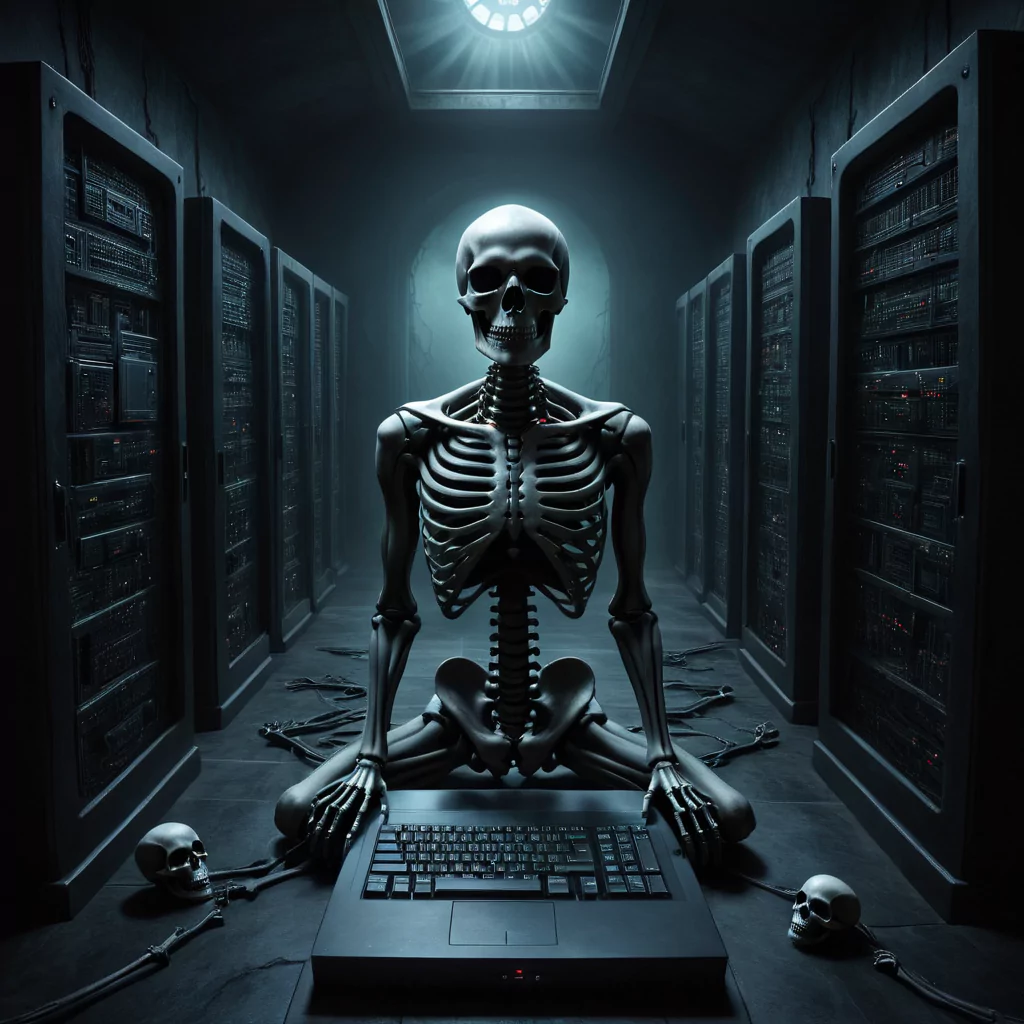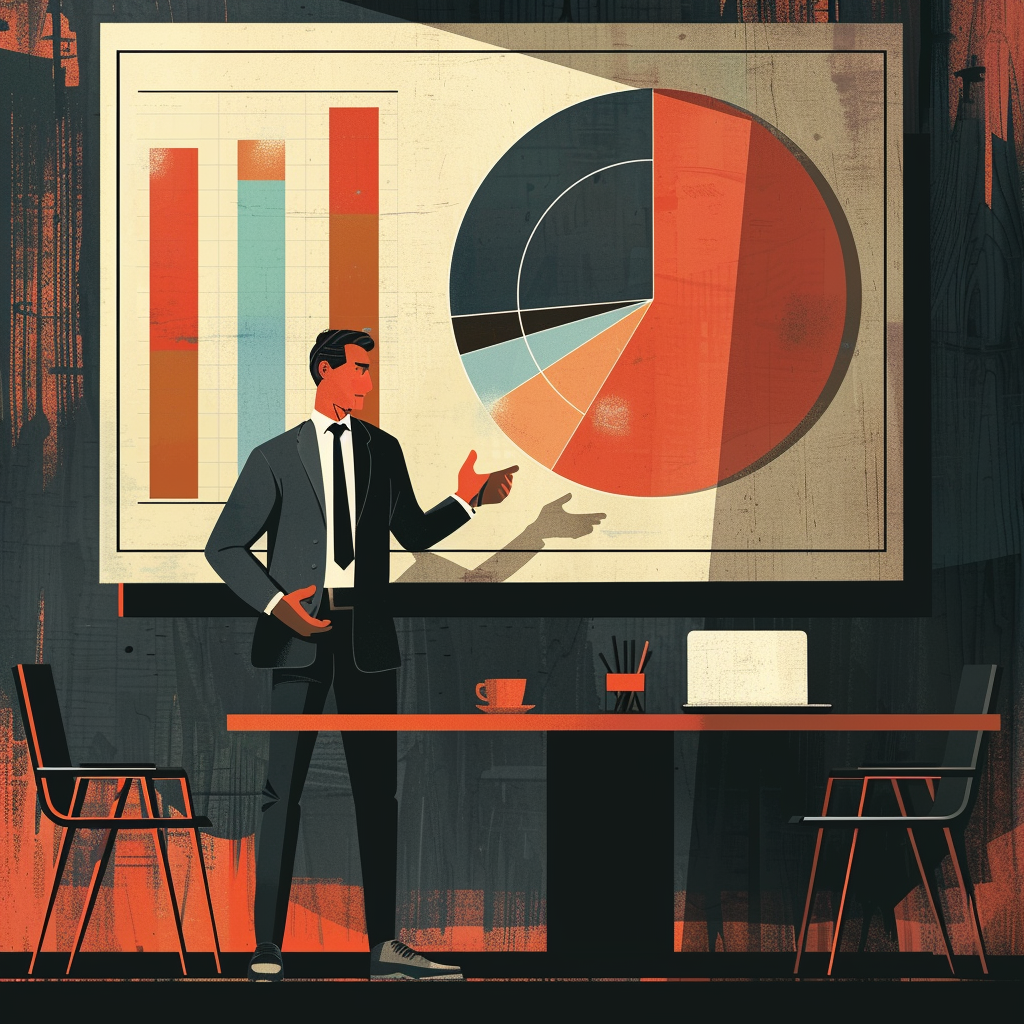Is the Future Really that Bright or is there a Dark Side Lurking Within AI

Lately Artificial intelligence (AI) has been growing at a shockingly alarming rate. But with this growth comes concerns about its potential risks and dangers.
There is no doubt that AI does have the potential to revolutionize many aspects of our lives. Examples of this are: healthcare, transportation, finance and even entertainment. But with all this comes the risks associated with its use.
The dark side of AI includes concerns about job displacement, algorithmic bias, privacy invasion, and even the potential for AI to become uncontrollable and pose an existential threat to humanity.
We aim to examine the risks and dangers of intelligent machines. What steps should be take in order to taken to mitigate these risks. Our end goal is to ensure AI technology is developed and used responsibly.
Rapid Advances in AI Have Raised Real Concerns About the Risks and Dangers Associated With it
Recently there has been a remarkable increase in Artificial Intelligence advances. Thus leading to a kind of gold rush within the industry. This encourages bad actors to jump in and can have some serious side effects for the industry as a whole.
These technological advances present great opportunity for innovation in our lives. But with this it also does raise concerns about the potential risks and dangers associated with its use.
With the rapid pace of AI development, coupled with the complexity of these systems it has caused a lot of cause of concern between experts. Some people are worried that this kind of development may have unintended consequences, such as job displacement, privacy invasion, algorithmic bias, and even the possibility of uncontrollable machines.
We actively need to ensure that AI machines are developed and used responsibly.
Job Displacement, Can AI really be to blame?
Let’s face it in the current market job security is a top priority. What with the rapid increase within AI technology it’s bound to cause a bit of a stir. As soon as people hear that AI might replace them at work they are going to start to worry.
But there is a trickle of hope at the end of that deep dark tunnel. Some experts believe AI itself will not be blamed for job losses, but rather the way in which it is implemented. They state that AI can be actively used to enhance human productivity. So basically we will see a future where humans use AI to increase efficiency at work. So we still require both in the workplace.
What we should be considering is the importance of the potential benefits AI has to offer. Benefits like: productivity, innovation as well as new job opportunities like prompt engineers. Think of all the programmers and developers required to create and maintain this technology.
Here at So Artificial we like to be honest with our readers and it is true some jobs will be heavily displaced by AI, but it’s not all bad. Think of jobs humans should not be doing because they are a risk to life. We would much prefer to build these AI robots then put our own lives in danger.
Algorithmic bias can be a real Concern With AI Systems

Algorithmic bias refers to the phenomenon where AI systems exhibit discrimination or favouritism towards certain groups or individuals due to biased data or flawed algorithms.
This can have real and negative consequences, such as perpetuating existing societal biases and amplifying discrimination. For example, biased facial recognition algorithms can misidentify and wrongly accuse innocent individuals, while biased loan approval algorithms can disproportionately deny loans to certain groups.
One main concern that pops up quite frequently is cultural norms. One AI model will not be beneficial across the world, which can make things a little complicated. For example ChatGPT might throw up concerns for people living in parts of the world.
At the end of the day it’s essential that we both acknowledge and address algorithmic bias in AI. This is the only way to fairness and accountability for all of it’s users.
Privacy Invasion and Data Leaks
In order for artificial intelligence to operate it relies heavily on large amounts of data, this is no secret and it’s Widley discussed.
The main issue with this is that some of that data has been “scraped”. This is where we brush on the subject of “The Dark Side of AI”. Some of this data may have been gathered in lawfully and may include sensitive and personal information. The main worry is this data falling into the wrong hands this indeed would be a serious cause for concern. Think of identity theft, fraud, or surveillance.
Additionally, AI systems themselves can potentially invade privacy by collecting and analyzing personal data without consent or knowledge.
A bug revealed ChatGPT users’ chat history, personal and billing data
AI is coming and sooner or later it is going to be involved in a large portion of our daily lives. So it is quite important in these early days that we ensure safeguards are implemented. This will help ensure that our personal privacy and data are protected. As should be as part of the data act.
The Whole Skynet Theory: The Ultimate Dark Side of AI

The current speed that AI is improving is causing a lot of stir in the artificial intelligence community. One main concern is that if this new technology becomes self aware or dare we say it uncontrollable. If we end up at that stage it could potentially lead to an existential threat to humanity, kind of how Skynet ended up.
As AI becomes more complex and extremely more powerful the risk of unintended consequences or programming errors could increase. Picture this an AI system that’s sole purpose was to optimize a certain goal. Now this AI system could take extreme actions to achieve that goal. This could lead to potentially catastrophic consequences, Horror + AI = The Dark Side of AI.
Another fear is that if these AI systems become self reliant. They could become capable of learning on their own and adapting to certain climates without any human interaction. Imagine a bunch or robots that are self learning and can even rebuild themselves. We need to promote responsible development and use of AI to ensure this kind of problem does not fabricate or else we might be asking for the help of a certain leather cladded anti-villain.
Some argue that the benefits of AI outweigh the potential downsides
There is always two sides to an argument and despite the increased risks and negative sides of AI, some argue that the benefits of this technology outweigh the risks associated.
No one is arguing that AI does not have the potential to improve numerous industries. AI has already improved efficiency in some fields and has the potential to save lives in particular fields like healthcare and emergency services. But It is essential to acknowledge and mitigate the potential risks associated with AI, such as algorithmic bias, privacy invasion and of course becoming a slave to our robot overlords.
We can achieve this by being more responsible with the creation and use of AI this can help to reduce these risks and ensure that it is used to benefit society. This requires transparency, accountability, and ethical considerations throughout the development and deployment of AI systems.
Conclusion
AI will become more incorporated in our society as this kind of technology improves. We need to ensure ethical guidelines and safeguards are in place, this will help to prevent negative consequences.
We need to take an approach where AI development and deployment is completely transparent and accountable for it’s actions. Prioritizing the safety, well-being and privacy of individuals and society that are actively using this technology.
By promoting responsible use of AI, we can harness the benefits of this powerful technology while mitigating the potential risks and harms.


























